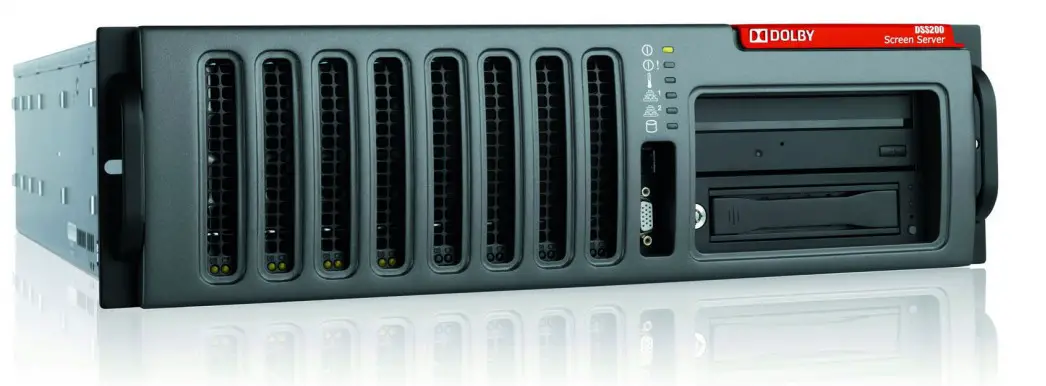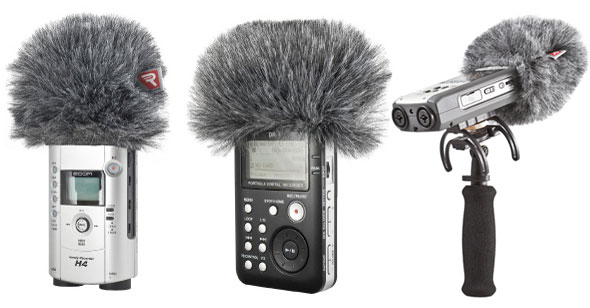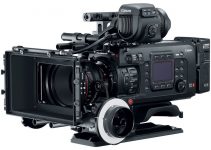Sound is essential for every film production. No matter whether you shoot a short or feature film, one of the most important aspects of your work will be recording high quality audio.
Even if you have shot excellent visual footage it will very often be useless without good sound. Pictures without usable sound will only provide you with half the story. In general, sound can make or break a film, so pay special attention to it.
Here are some useful tips and tricks that will be beneficial for recording sound on the field.
#1. Make sure you have the best quality recorder available – Nowadays, there are many professional field recorders than can work great for you. Pick one with at least 2 balanced professional XLR inputs, that support Phantom power, have a clear level display, and manual level controls.
#2. Pick a high quality boom mic – This is probably the most important part. Don’t compromise the quality of your boom mic as it will pay off later. Pick the highest-quality mic you can afford, you won’t regret, I promise. If you can’t afford to buy one, hire it, or borrow it.
#3. Use a Pole and Blimp – especially, when you record sound outdoors. It is a must-have. If you are shooting outside, one of the common problems you will come up against is wind noise as it wooshes past your microphone. This where your blimp will save you and will make a huge difference to your sound quality.
#4 Record 24-bit sound, 48000 Hz – these are the DCI standards. Keep the level of the dialog around -10 -12db and record it mono. Usually, you don’t need to record your dialog in stereo, it’s overkill.

#5. Always record sound 10 to 15 seconds before and after each take – By doing so you will make a huge favor to your sound editor. Mixing of the dialog will be much easier for him and overlapping the different takes will be fluent, natural and won’t distract your audience.
#6. Double up your recording sources – If the recording situation permits, I always encourage people to use both a shotgun mike and a lav mic. If your camera or recording device has two microphone inputs, set up both microphones and capture each signal independently. You will thank yourself later in post-production. Recording two mics separately provides greater flexibility in the editing stage — with regard to matching the camera perspective — and gives you a backup audio signal in case one of the microphones fails, or develops technical problems during your shoot.
#7 Always record ambient sound – Recording production and ambient sound as much as you can on set is as important as shooting enough coverage from the scene. This is very useful when you are editing dialogue leaving spaces between lines or taking a line of dialogue from one take and the other from another take. There is a big chance that the background noise is slightly different, then, people will hear it, and it will distract the audience. Avoid this by always record a “wild track” – or ambient sound = one minute of total silence on a set, before or after the main shooting – to have a neutral background sound.

#8 Check the locations in advence – You don’t want undesirable background noise in your recordings. Unfortunately, when you’re on the set of an indie production where the sound is not under your control it is good to be prepared as much as possible.
#9 Double check your system – Make sure you have enough space on your cards and enough fully charged batteries that will last at least 2 full shooting days. Probably you won’t need them for more than 12-14 hours per day, but who knows, you must be prepared.
#10 Back-up your audio recordings – You should have at least three copies of your material as a rule. It will be good if you keep them on different physical hard drives. Label them carefully in detail. It will be a lot easier for your sound editor to sort them out later in the studio.
Use these tips only as a refferal. They don’t cover everything you should know for recording sound on film set by any means. Consider them as a good starting point.
There is a lot more and probably you can share your own experience with us. What is your advise on sound from your personal perspective and point of view? We’ll be happy if you share with the 4kshooters community in the comments section below.
Disclaimer: As an Amazon Associate partner and participant in B&H and Adorama Affiliate programmes, we earn a small comission from each purchase made through the affiliate links listed above at no additional cost to you.




